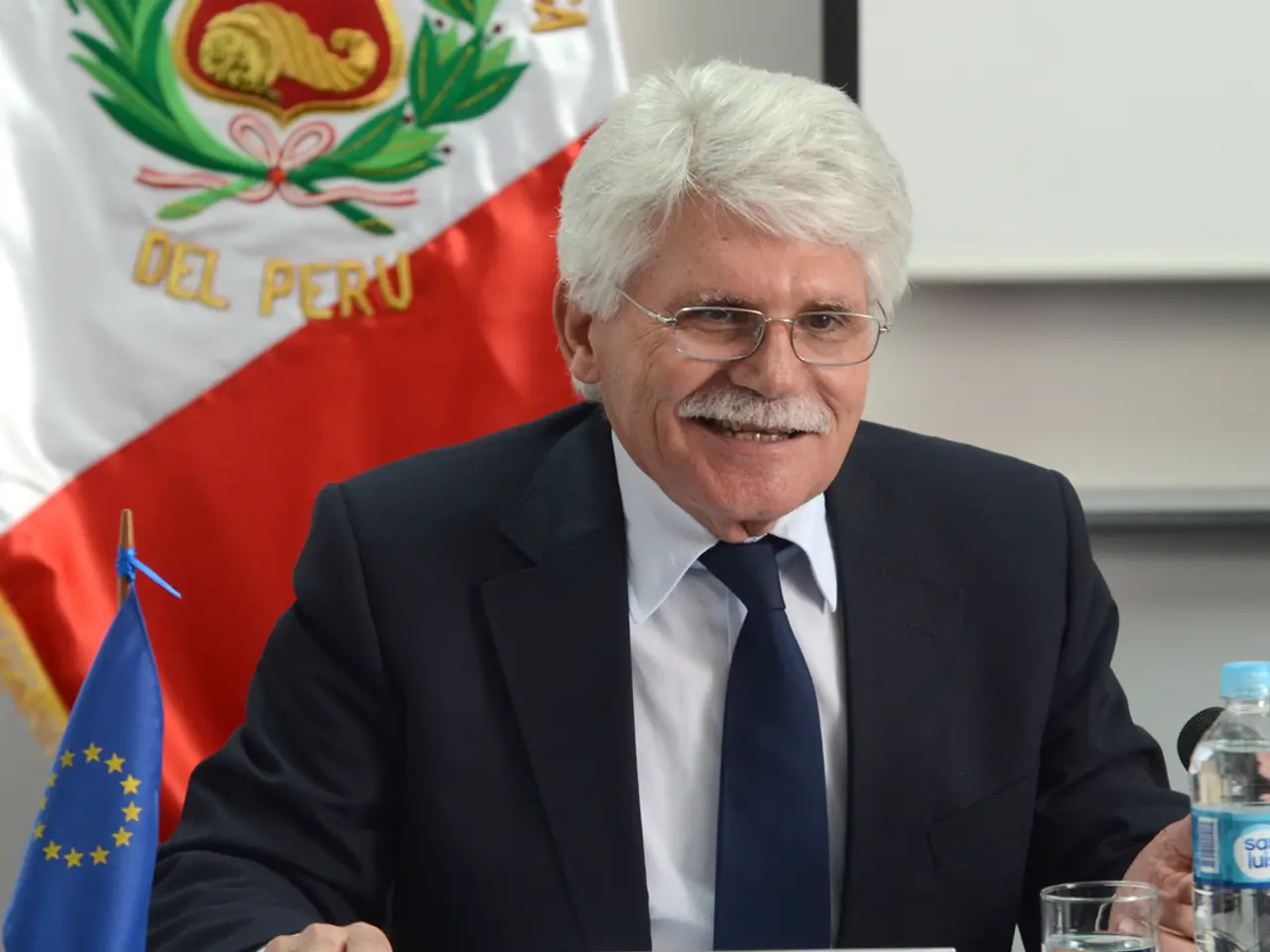Lima faces the imminent water shortage crisis.
In the heart of Lima, Peru, a legal battle is unfolding over the Ariana mining project, which has raised concerns about its potential impact on the city's vital water supply.
**Legal Status and Project Modifications**
The Ariana mining project, which received a permit in 2016 for a mine that will extract 2000 tons of copper and zinc daily, is currently seeking approval for modifications, including implementing a filtered debris plant. This indicates ongoing regulatory and environmental compliance efforts, though no major legal blocks or stoppages have been reported as of mid-2025.
**Challenges and Environmental Concerns**
Located in the Marcapomacocha region, which supplies about 62% of Lima's water during the dry season, the project operates in a sensitive hydrological zone. Indigenous and local communities in Peru have historically expressed concerns about mining and logging impacts on their territories and natural resources, including water sources. While these concerns are not explicitly stated for the Ariana project, they are relevant given the general context of mining in Peru.
**Potential Impact on Lima’s Water Supply**
Mining projects in the Andes, such as Marcapomacocha, pose risks to water quality and quantity due to wastewater, debris, and usage of water in processing minerals. The incorporation of a filtered debris plant, as requested by Ariana, suggests an intent to mitigate water pollution risks from mining debris, which is a positive step towards reducing environmental impact.
**The Rimac River and Contamination Risks**
The Rimac is one of three rivers that supply Lima with water, and the most important one. The Ariana mining project is seen as a threat to Lima's water supply due to the risks of earthquakes, seepage of contaminated water, and dam bursts. Tailings dams near rivers like the Rimac are responsible for contaminated water seeping into the groundwater or through dams.
**Costs of Water Treatment**
Mining-related costs for water treatment are increasing, according to Sedapal, the water supplier in Lima. The costs of water treatment by Sedapal are increasing significantly due to the exceeding of heavy metal limits, which could potentially be exacerbated by the Ariana mining project.
**A Legal Battle Ahead**
A lawsuit has been filed against the Ariana mining project, arguing that it threatens the population's right to access drinking water. The Constitutional Court will decide the fate of the Ariana mining project and potentially set a precedent for similar conflicts throughout the country.
As the legal battle unfolds, the future of the Ariana mining project and its potential impact on Lima's water supply remain uncertain. For now, residents in areas like Pacifico de Villa must rely on tanker trucks for their water supply, which can be expensive and of poor quality.
For a more detailed update or analysis, local environmental reports, Peruvian government publications, or community statements would offer further insight into this complex issue.
- In light of the legal battle, the Ariana mining project's potential impact on Lima's water supply, as well as the associated costs of water treatment, raises questions about the financial implications of such industrial activities in the context of environmental science.
- Given the concerns about the potential contamination of Lima's water supply from mining projects like Ariana, there is a heightened need for investment in environmental-science research to develop more sustainable methods in the mining industry and ensure the preservation of the city's water resources.
- The ongoing legal proceedings surrounding the Ariana mining project serve as a significant opportunity for advocates of climate-change awareness and finance experts to collaborate and identify strategies for investing in energy solutions that prioritize water conservation and pollution reduction, promoting a more sustainable and resilient future for Lima.




